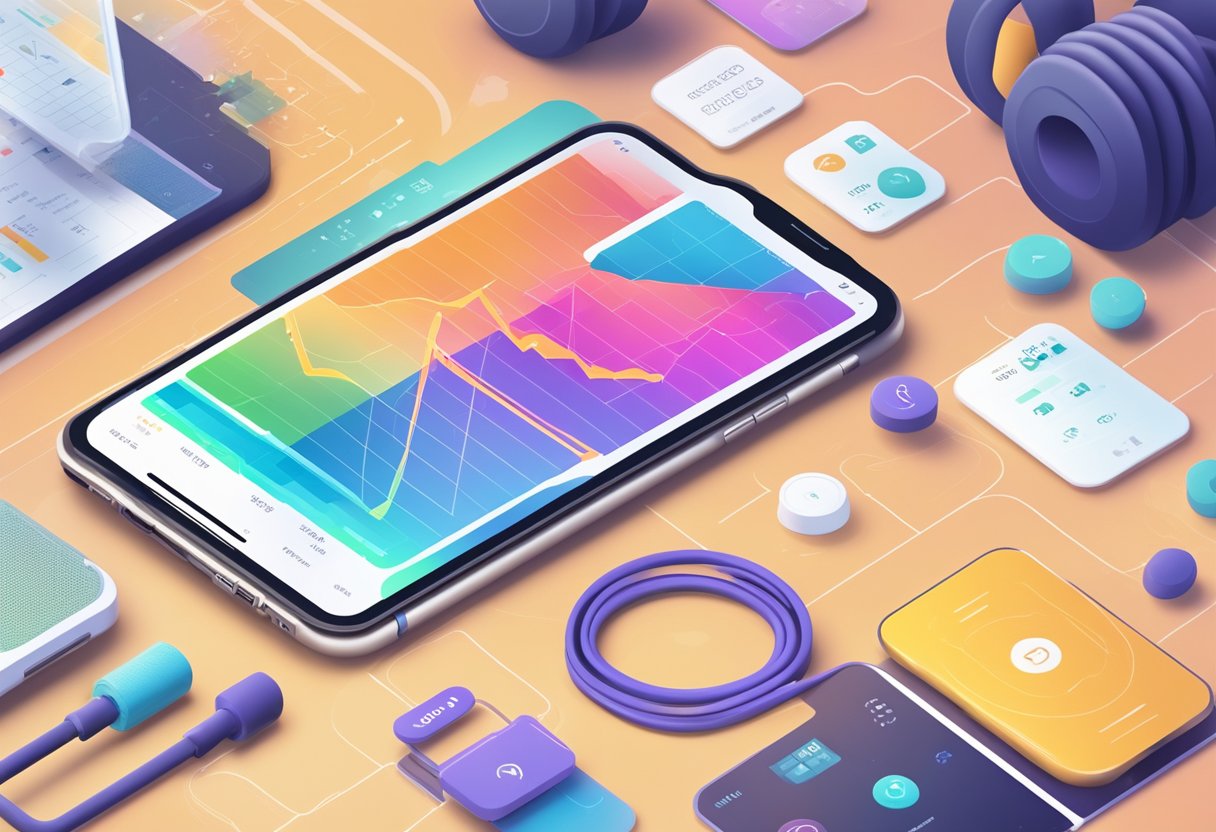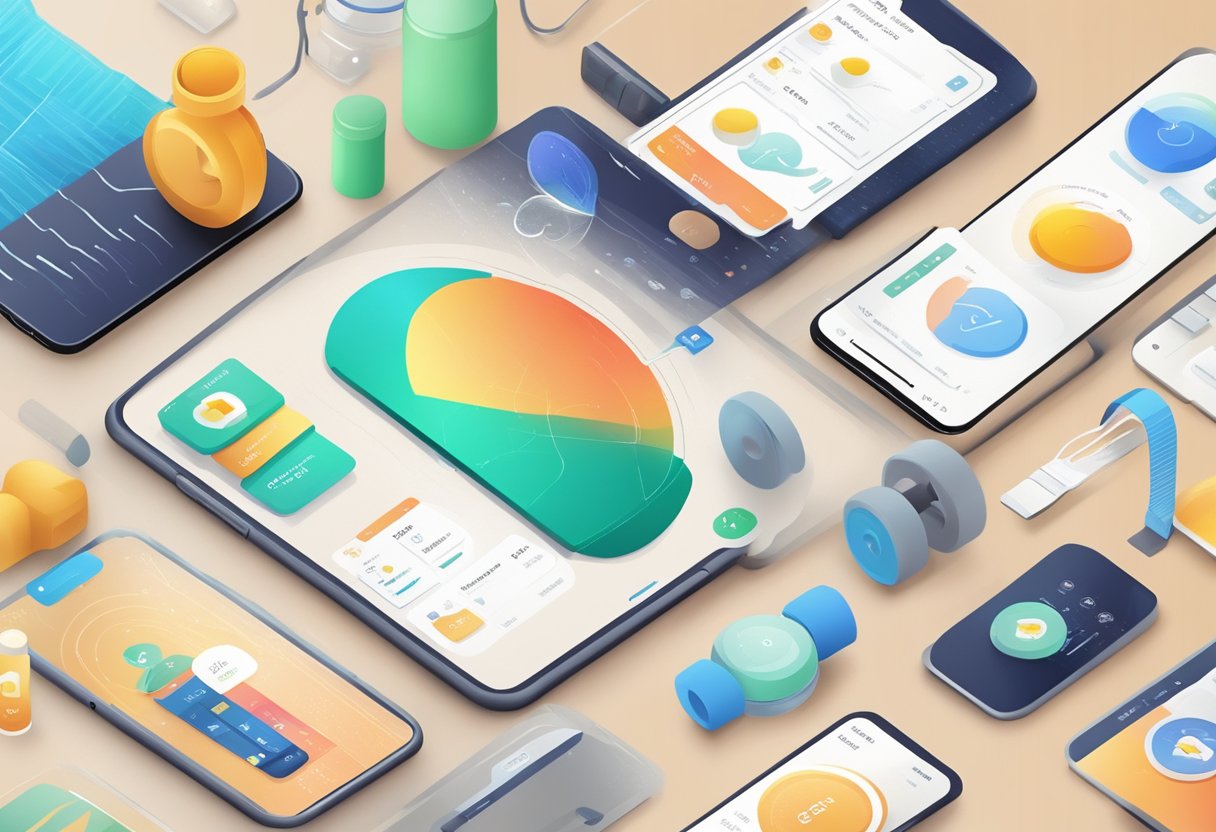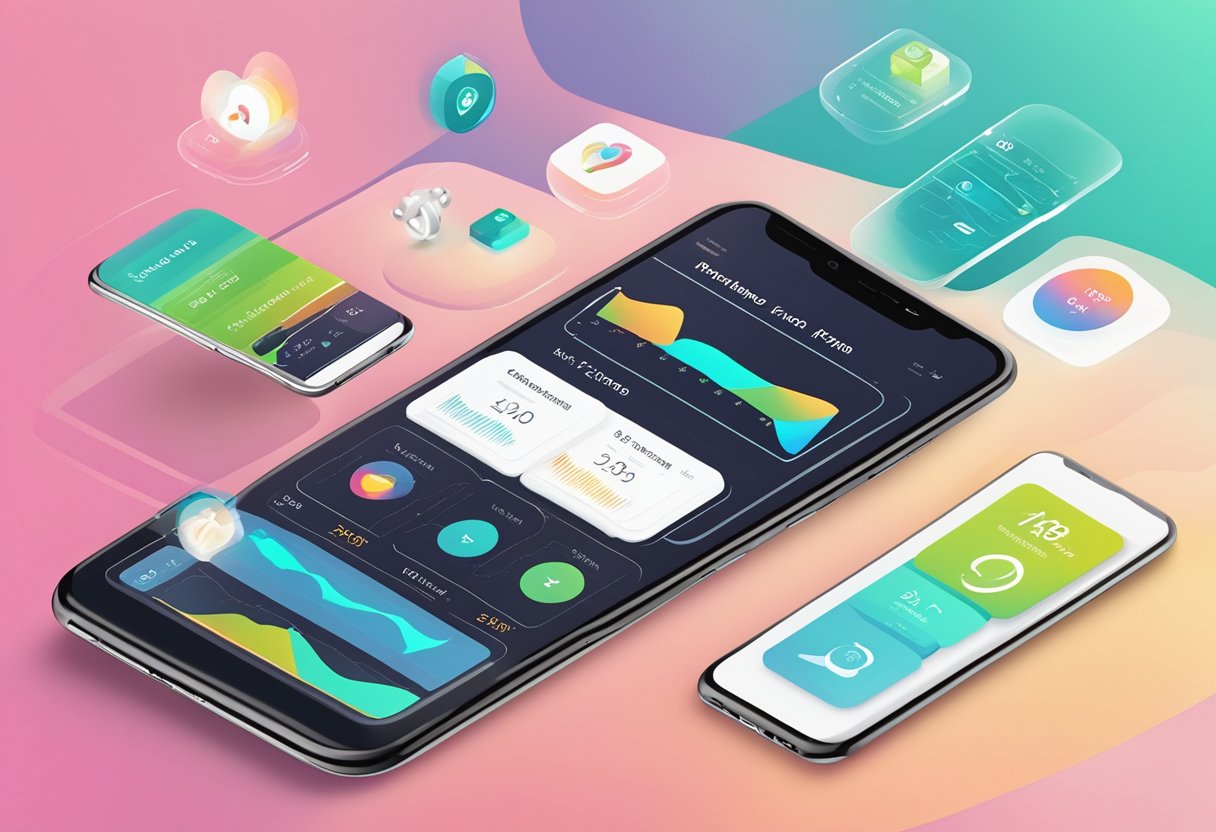React Native is a popular framework for building mobile applications that can run on both iOS and Android devices. With the increasing popularity of health and wellness apps, developers are looking for ways to integrate health and fitness data into their React Native applications. This integration can provide users with a more personalized experience and help them achieve their health and fitness goals.

There are several ways to integrate health and fitness data into React Native applications. One approach is to use APIs provided by health and fitness tracking devices, such as Fitbit or Apple HealthKit. These APIs allow developers to access data such as steps taken, calories burned, and heart rate. Another approach is to use third-party libraries, such as React Native HealthKit, which provide an interface for accessing health and fitness data on iOS devices.
Integrating health and fitness data into React Native applications can be challenging, as it requires developers to work with sensitive data and comply with privacy regulations. However, with the right tools and techniques, developers can create powerful health and wellness apps that help users live healthier lives. In the following article, we will explore some of the best practices for integrating health and fitness data into React Native applications, and provide examples of how to build health and wellness apps using this framework.
Índice De Conteúdo
Essentials of React Native for Health Apps

When building health and wellness apps using React Native, developers need to have a solid understanding of the framework’s essential components. This section will cover the key aspects of React Native that are essential to building effective health apps.
Setting Up the Development Environment
Before diving into building an app, developers need to set up their development environment. This involves installing the necessary tools, such as Node.js, the React Native CLI, and an Android or iOS emulator. React Native’s official documentation provides detailed instructions on how to set up the development environment for each platform.
Understanding React Native Components
React Native is built around the concept of components, which are reusable blocks of code that can be combined to create complex user interfaces. Developers need to understand how to use the various built-in components provided by React Native, such as Text, View, and Image, as well as how to create their own custom components.
Accessing Device Sensors and Health Data
Health apps often need to access data from the device’s sensors, such as the accelerometer, gyroscope, and heart rate monitor. React Native provides APIs for accessing these sensors, as well as for retrieving health data from the device’s health store. Developers should be familiar with these APIs and how to use them to build apps that can track and monitor a user’s health.
Ensuring Privacy and Security Compliance
Health apps often deal with sensitive user data, such as personal health information and biometric data. Developers need to ensure that their apps are compliant with privacy and security regulations, such as HIPAA and GDPR. This involves implementing appropriate security measures, such as data encryption and user authentication, and following best practices for handling sensitive data.
In summary, building health and wellness apps using React Native requires a solid understanding of the framework’s essential components, including setting up the development environment, using React Native components, accessing device sensors and health data, and ensuring privacy and security compliance. By mastering these key aspects of React Native, developers can build effective and secure health apps that help users improve their health and wellness.
Advanced Integration Techniques

Connecting with HealthKit and Google Fit
Integrating with HealthKit and Google Fit can be a great way to access health and fitness data from a user’s device. React Native provides several libraries that allow developers to connect with these platforms and retrieve data such as step count, heart rate, and workout information.
To connect with HealthKit, developers can use the react-native-healthkit library. This library provides a simple interface for accessing HealthKit data and can be used to retrieve data on a regular basis or in response to user actions.
To connect with Google Fit, developers can use the react-native-google-fit library. This library provides similar functionality to react-native-healthkit but is specifically designed for accessing data from Google Fit.
Real-Time Health Data Processing
Real-time processing of health data can be a challenging task, but it can also be an essential component of health and wellness apps. React Native provides several libraries that can be used to process health data in real-time and provide users with immediate feedback.
One such library is react-native-sensors. This library provides access to a wide range of device sensors, including accelerometers, gyroscopes, and magnetometers. By using these sensors, developers can track a user’s movements and provide real-time feedback on their activity levels.
Custom Health Metrics Visualization
Visualizing health data can be a powerful way to help users understand their progress towards their health and wellness goals. React Native provides several libraries that can be used to create custom visualizations of health data.
One such library is react-native-chart-kit. This library provides a variety of chart types, including line charts, bar charts, and pie charts. By using these charts, developers can create custom visualizations of health data that are tailored to their app’s specific needs.
Implementing Push Notifications for User Engagement
Push notifications can be a powerful way to engage users and keep them motivated towards their health and wellness goals. React Native provides several libraries that can be used to implement push notifications in an app.
One such library is react-native-push-notification. This library provides a simple interface for sending push notifications to users. By using this library, developers can send custom notifications to users based on their progress towards their health and wellness goals.

